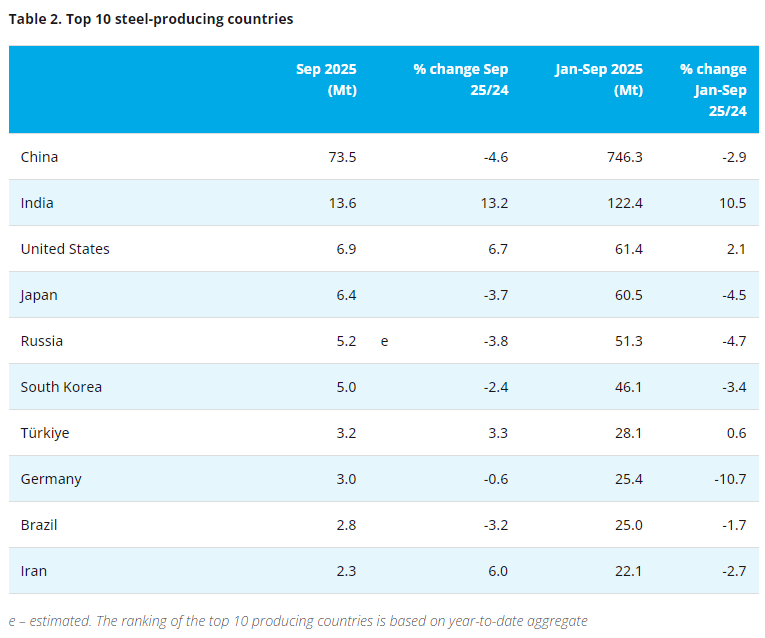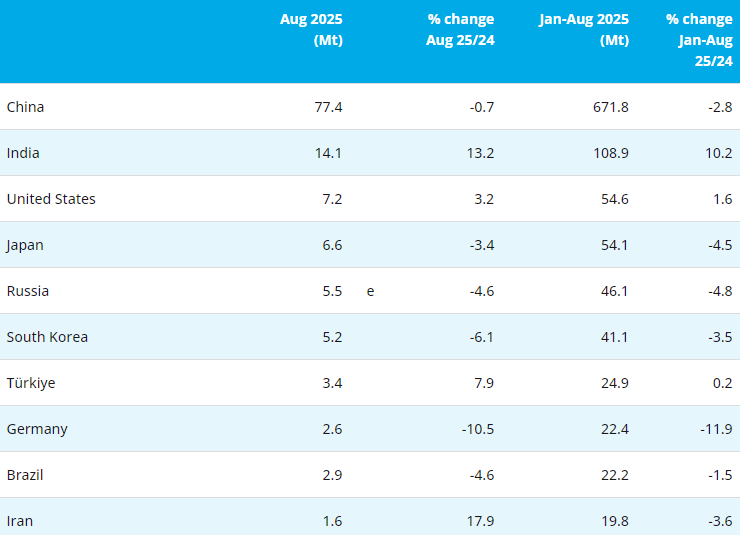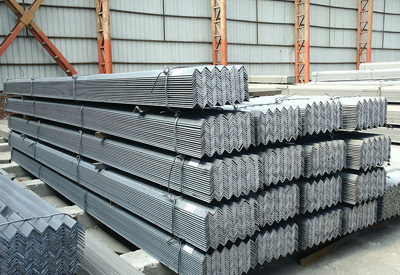It looks like there will be another US ferrosilicon dumping case after the first one ended in disaster a few years ago. The two US ferrosilicon producers, CC Metals and Alloys, and Globe Specialty Metals, along with the USW and the UAW, filed a suit against all the Russian and Venezuelan ferrosilicon producers, charging them with dumping.
According to the US producers’ petition, the dumping margins for Russia range from 21.85% to 60.77% ad valorem, and the dumping margins for Venezuela range from 20.07% to 60.11% ad valorem. The period of investigation for the case is July 2012 through June 2013.
If the duties are imposed, especially if the duties are anywhere near what GSM proposed, there will be a fundamental shift in the ferrosilicon market, especially in the US. It would be naive to assume that the loss of approximately 140,000 mtpy the total US annual consumption could be made up quickly and without much pain. GSM and Felman don’t have enough additional ferrosilicon capacity to make up for the loss of the imports from the two companies, even if GSM were to convert all its silicon metal furnaces to ferrosilicon.
Both US producers have targeted the speciality ferrosilicon market at the expense of commodity-grade ferrosilicon. However, when demand for speciality-grade material has fallen off, they became more active in the commodity-grade market.
The obvious winner would be China which has the “spare” capacity. “It’s funny, the country that most US producers fear the most, will have to save the US market,” one consumer said. However, until recently the Chinese producers sold only on a spot basis even though a few are now considering long-term formula contracts for large buyers. The general feeling is that US prices will go up, but so will competition. Unlike FerroVen and RFA, the Chinese ferrosilicon is sold through many channels so there will be a lack of control. Eventually, this could result in another dumping suit.
The not so obvious winner could be Georgian American Alloys which owns Felman. The company also controls the Georgian silicomanganese smelter and has an “unknown” affiliation with Privat, owner of manganese and ferrosilicon furnaces in the Ukraine. While power rates in the Ukraine and Georgia are considered high and it is cheaper to produce silicomanganese than ferrosilicon, some analysts suspect that at least some of the furnaces will be converted to ferrosilicon to be exported to the US market. And, Privat recently negotiated better power rates.
“Just as Georgian American Alloys uses Felman to protect its Georgian silicomanganese shipments, it could do the same with ferrosilicon from the Ukraine and Georgia,” one competitor explained.
No matter what, if the duties are imposed, it is likely that US customers will be paying more for their ferrosilicon and the US will become more of a premium market to attract more imports.
The ITC will hold a hearing on Aug. 9, and the ITC plans to send its preliminary determination to the Commerce Dept. whether there is a reasonable indication that the US industry is materially injured or threatened with material injury by Sept. 10; the staff’s recommendation to the ITC is scheduled for Aug. 26 with the ITC Commissioners voting on Aug. 30. However, the Commission can extend the deadline by 45 days.
The investigation covers ferrosilicon calcium containing by weight 4% or more Fe, more than 55% but not more than 80% Si and more than 3% but not more than 10% Ca. However, the petition does not cover magnesium ferrosilicon which contains by weight 4% or more Fe, 55% or less Si and 3% or more magnesium. The US producers defined ferrosilicon as having 4% or more Fe, more than 8% but not more than 96% Si, 3% or less P, 30% or less manganese, less than 3% magnesium, and 10% or less any other element.
The petition listed six Russian ferrosilicon producers, of which three are controlled by the CHEMK Industrial Group (Kuznetsk Ferroalloys, Chelyabinsk Electro-Metallurgical Plant, and Yurginsk Ferroalloys). The three other producers are Bratsk, Novolipetsk Metallurgical and Serov. Bratsk shipped 1,204 mt of ferrosilicon in the first quarter of 2013.
The producers’ petition said that Allegheny Alloys Trading and CCMA, have been the traders handing the Bratsk material. Most all the ferrosilicon shipped to the US is exported by CHEMK through their US sales arm Russian Ferro Alloys.
FerroVen is the sole Venezuelan producer and is 80% owned by FerroAtlantica and 20% by the Venezuelan government.
The producers’ petition pointed out that during the first five months of 2013, total US ferrosilicon imports of 55-80% material were 76,825.3 mt of which 40,408.9 mt came from Russia and 13,421.2 mt came from Venezuela; May imports were 24,510 mt and Russia supplied 16,818.2 mt and Venezuela 4,150 mt. In 2012, total imports were 209,390.2 mt in 2012. Russia accounted for 112,386.9 mt and Venezuela, 27,899.3 mt.
Copyright © 2013 Ferro-Alloys.Com. All Rights Reserved. Without permission, any unit and individual shall not copy or reprint!
- [Editor:editor]



 Save
Save Print
Print Daily News
Daily News Research
Research Magazine
Magazine Company Database
Company Database Customized Database
Customized Database Conferences
Conferences Advertisement
Advertisement Trade
Trade















 Online inquiry
Online inquiry Contact
Contact

Tell Us What You Think